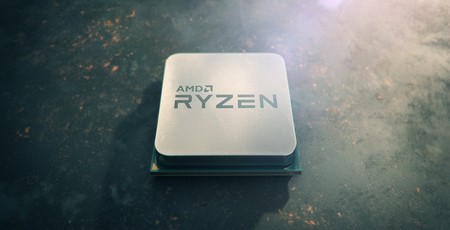
Precision Boost 2 and XFR 2
Thankfully, there are two new exciting additions to 2nd Gen Ryzen, and they aim to correct the somewhat lacklustre frequency boosting we saw with Ryzen last year. The main issue was that when more than one or two cores were engaged, the algorithm assumed those extra cores were under heavy loads and reigned in the frequencies rather dramatically. As a result, in many lightly-threaded tasks including games, this resulted in an unnecessary drop off in performance.
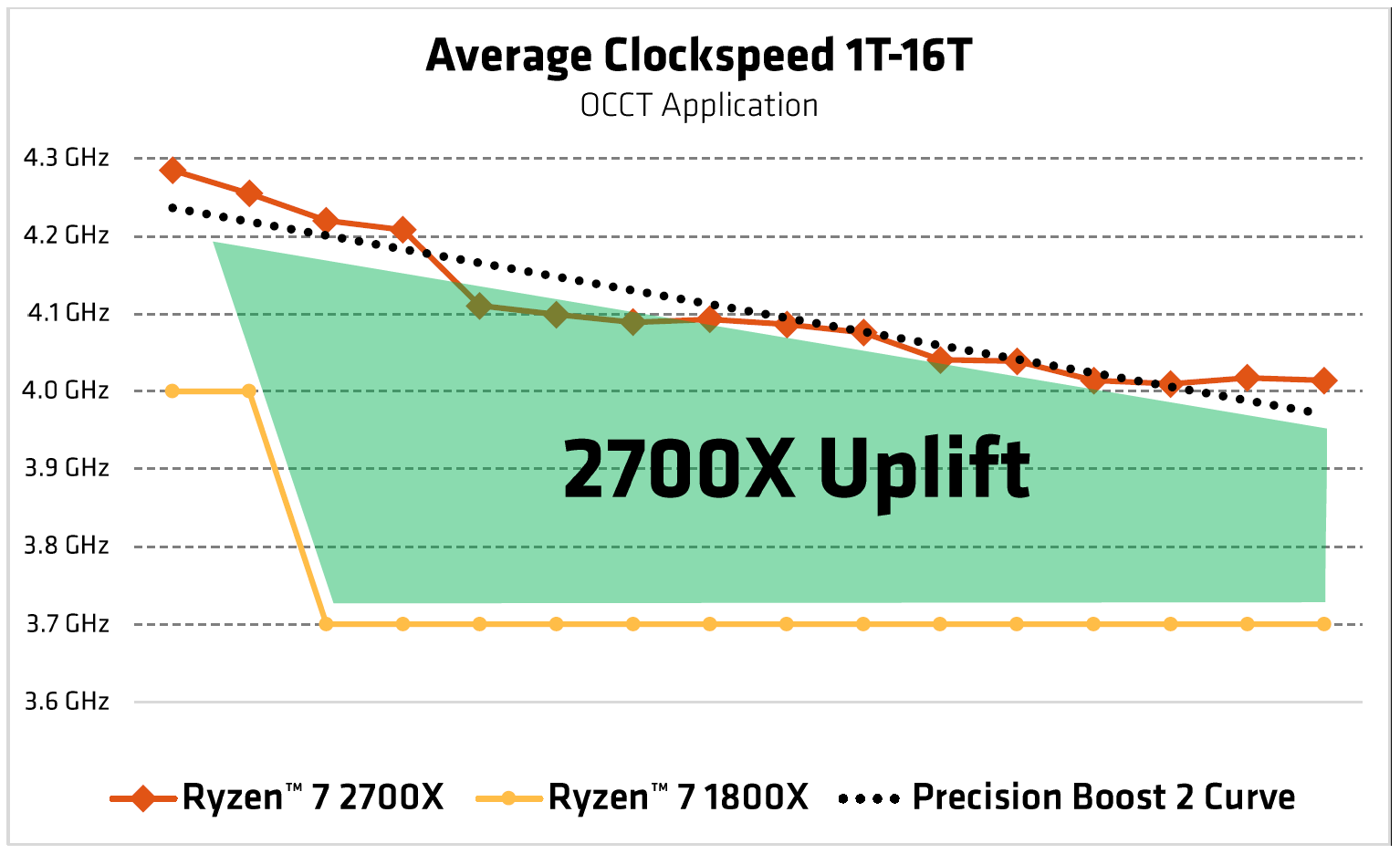
Precision Boost 2 and XFR 2 (both part of the wider SenseMI group of technologies) remove these drop-offs and now intelligently allows the frequencies to remain higher for longer, with certain boundaries such as thermal and electrical limits now becoming the deciding factors. Interestingly, you not only see a huge boost to frequencies across the core range from single-core to all-core, but if you have decent cooling, you'll likely get better performance at stock speed than if you use the reference AMD cooler, as you'll be extending one of those limits by reducing the CPU temperature. AMD told us that below 80°C you'll see an increase in performance, but this continues all the way down to below 50°C.
We took a few minutes out to test this using AMD's included Wraith Spire cooler and our Cooler Master MasterLiquid ML120L RGB liquid-cooler, and there was a noticeable increase in performance when switching to the liquid-cooler, which we should add isn't even a particularly powerful one. It would be interesting to see what more elaborate cooling would achieve. The downside to this extra boosting, though, is that when you’re applying an all-core overclock, you’ll likely end up in a similar situation to Threadripper CPUs, where the all-core overclock is actually lower than the maximum boost frequency of one or a few cores achieved at stock speed.
Ryzen Master
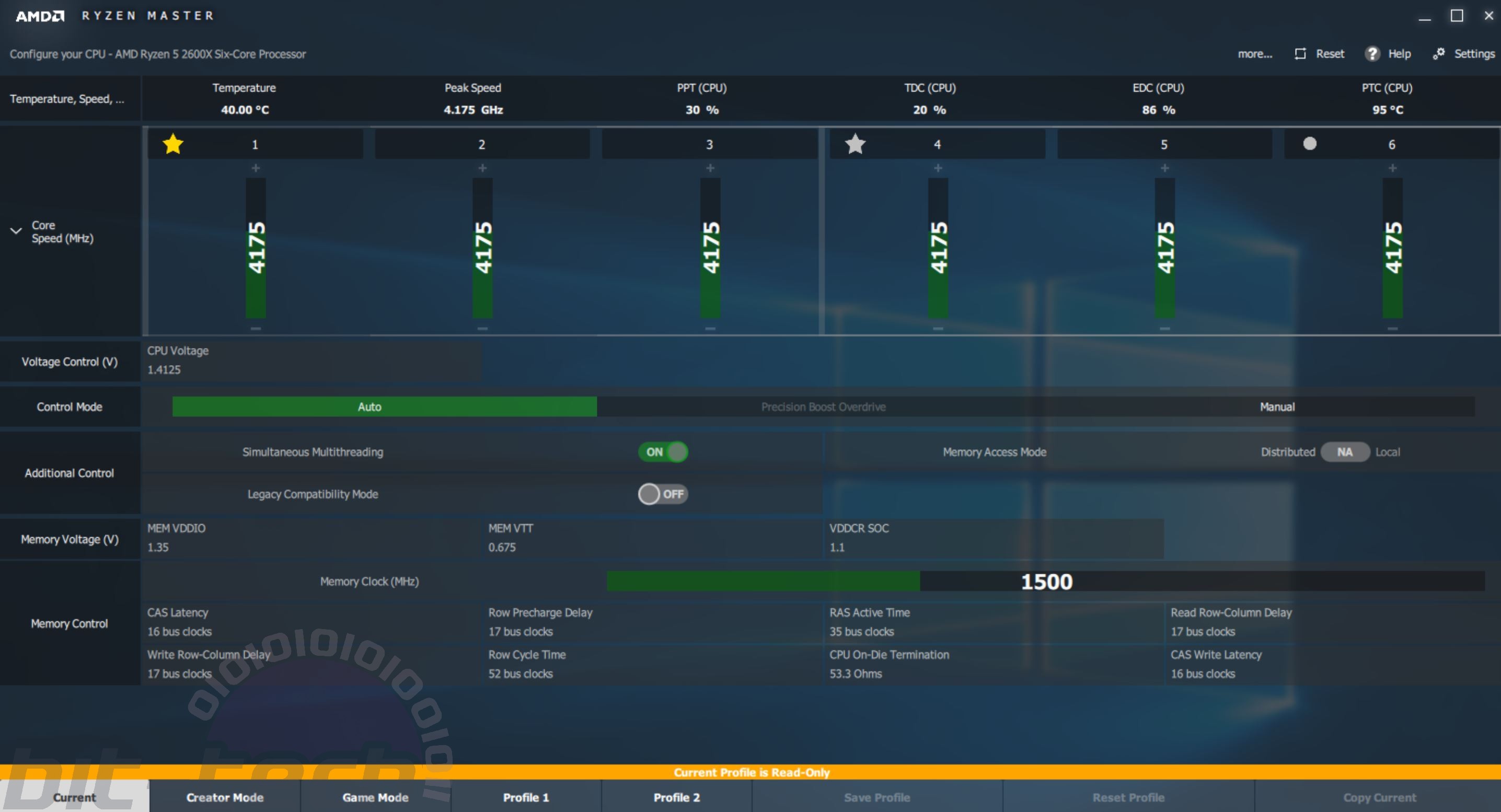
AMD’s new Ryzen Master software has a partial solution to this, in that it now identifies the best cores for overclocking in a similar way to Intel’s Turbo Boost Max 3.0. You’re able to push these cores to higher frequencies than you would with an all-core overclock and thus achieve better lightly-threaded performance. We managed to get our Ryzen 5 2600X to 4.25GHz on both the highlighted cores, which is 50MHz above our all-core overclock. This saw the CPU-Z single-core score rise from 483 to 492, so it definitely has an impact.
There is again a downside, though, which is that we’re not talking about per-core overclocking here. Instead, you can only tweak an entire CCX (a collection of four Zen+ cores) at once, and this leaves you with a small issue. If you apply an all-core overclock and then try to boost one of the highlighted single cores on a given CCX, the other cores will fall back to a lower frequency, reducing the performance in multi-threaded programs. It did this without indicating so in Ryzen Master too – we ended up with higher single-core performance but lower multicore grunt. You can disable the other cores too, but that’s only likely to be useful for benchmarking.
Clearly, the way forward here would be to offer true per-core overclocking instead per-CCX, especially as Ryzen benefits so much from frequency hikes. There’s another feature we can look forward to as well, which is Precision Boost Overdrive. Greyed out at the moment in Ryzen Master, details are thin on the ground, but AMD hinted it will allow even higher boosting based on cooling (and probably voiding your warranty).

MSI MPG Velox 100R Chassis Review
October 14 2021 | 15:04


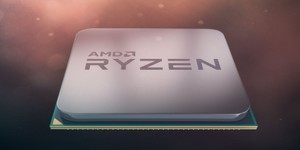
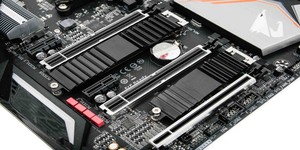




Want to comment? Please log in.